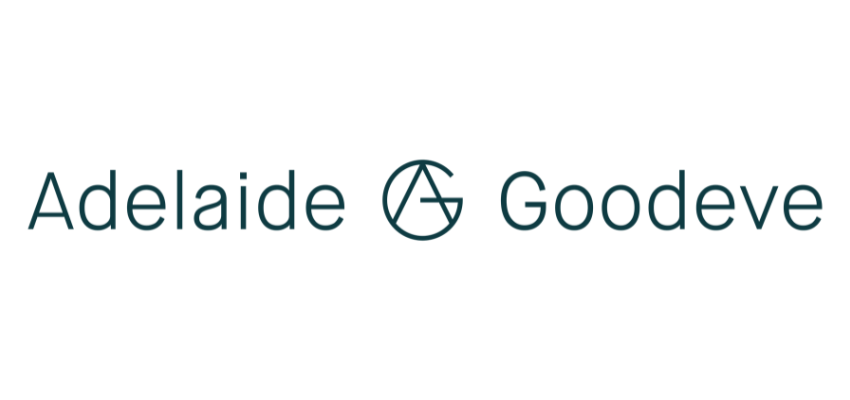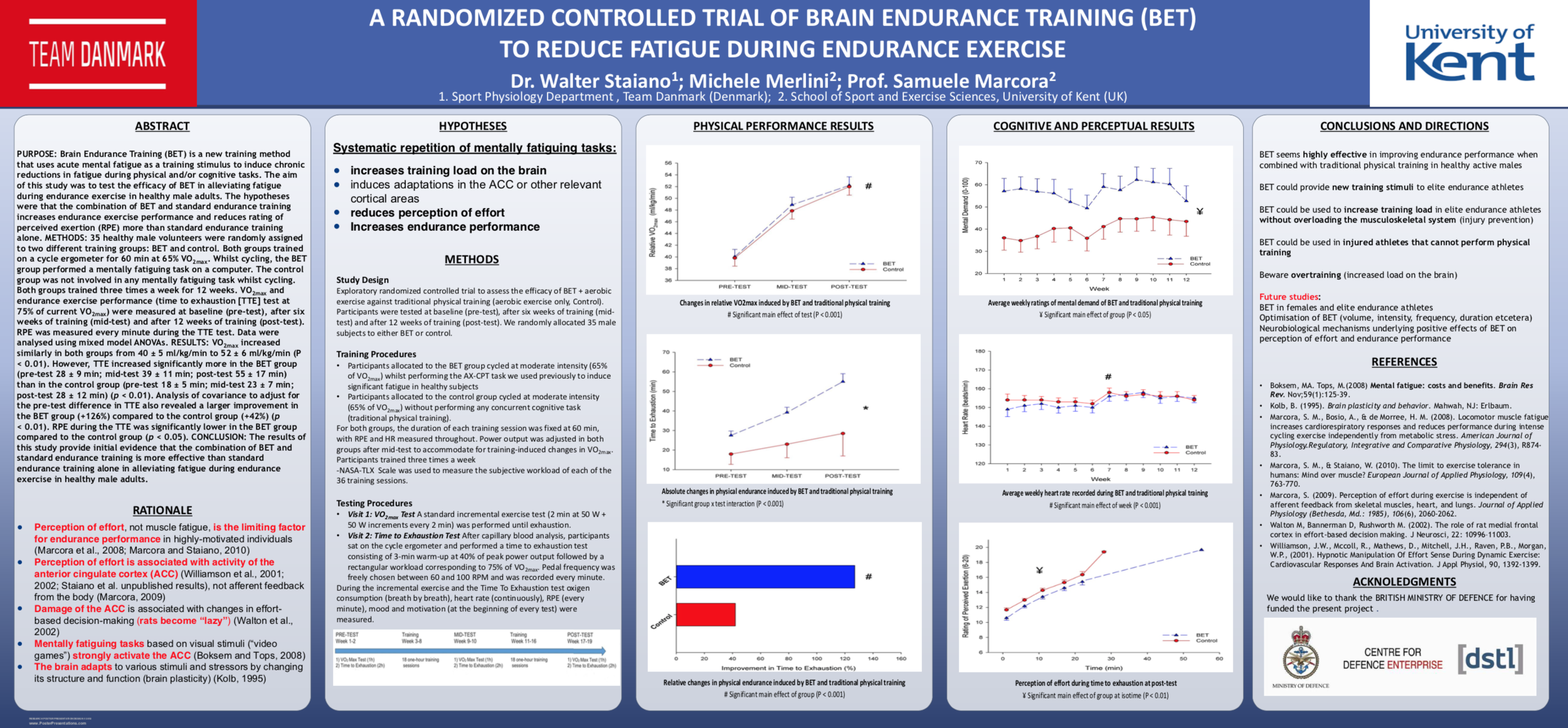How Brain Endurance Training Can Boost Athletic Performance
/Brain Endurance Training (BET) is a specialised form of cognitive training designed to overload your brain.
Think of the app you’ll use as a ‘brain gym’, where you push your brain to work harder and as a result, make it stronger and more resilient.
This works much in the same way as any physical training session. You work your body physically hard to improve strength, endurance and speed - and we do the same thing here with your brain.
How Brain Endurance Training improves your performance
BET through the framework of SOMA NPT (Neuro Performance Tech) is a form of brain endurance training that is specifically designed to increase your resilience and resistance to mental fatigue - the number one factor that limits your performance.
It gives you a greater mental capacity to be able to handle greater mental fatigue and greater physical load for longer, enabling you to sustain higher levels of performance during any sport.
Think of your mental capacity like a bucket. During a certain time period, your bucket becomes increasingly filled with things that create cognitive and physical load including sponsors, coaches, past terrible results, lack of sleep, muscle pain, muscle fatigue etc.. All of which generate mental fatigue, which increases perception of effort and leads to impaired performance.
An athlete who consistently, effectively and correctly integrates BET into their physical training, will be trained and prepared to better handle this load, because they’ve deliberately and specifically built up their resilience, mental toughness and neurocognitive ability to endure more.
Not only can they handle more load, but with BET, they’ll also experience an improvement in their physical performance.
This is because BET reduces your perception of effort when performing in a sport at a given load, speed and power.
A natural result of reduced perception of effort is that, as I’ve said, you’ll last longer in any type of mental or physical activity, as you’ll experience a smaller decrease in performance due to mental fatigue.
Below are three studies showing that when BET through SOMA NPT is correctly integrated with physical training, performance increases:
Effects of Brain Endurance Training On Endurance Exercise Performance
Six weeks of brain endurance training improved physical performance more (23%) than physical training alone (5%).
This higher performance in the BET group was achieved for the same heart rate, muscle activity, motivation and RPE as the Control group.
The performance increase in the BET group occurred without a decrease in pre-frontal oxygenation (as was seen in control group), while the increase in heart rate variability in the BET group post-training (relative to Controls) indicates a reduction in sympathetic nervous system activity.
Link to the presentation of the study here.
Impact of 4-Week Brain Endurance Training (BET) on Cognitive and Physical Performance in Professional Football Players
The results of this study provide initial evidence that the combination of BET through the SOMA NPT app and standard football training is more effective than standard training alone in boosting cognitive and physical performance in elite football players.
Stroop and Psychomotor Vigilance Test (PVT) task showed reaction time in both groups decreased at post-test. However, BET through SOMA NPT decreased significantly more compared to control group (p < 0.02) despite no significant differences in accuracy. In the Stroop tasks this was an 11% decrease for SOMA group and 3.7% decrease for Control group.
SOMA group completed the reactive agility test significantly faster than the control group (p < 0.05) (SOMA group reduced reaction time by 8.3% and control group by 4.7%) and with lesser fouls (p < 0.03) (SOMA group decreased errors by 74% and control group by 10%).
During the RSA Random Test no significant differences were found between the groups for linear acceleration phase (first 10 m). However, SOMA group completed significantly faster (p < 0.05) the decisional phase (second 10 m). SOMA group reduced decision time by 8% compared to 4% by Control group. No significant changes were found for physiological variables of HR and Lactate between the two groups.
Distance covered during the 30-15 test showed there was no difference in the performance of the BET group. However, control group showed a significant decrease (p < 0.05) in performance (decreased by 8%).
Link to the study here.
Brain Endurance Training (BET) (through SOMA NPT) Elite Cycling Training Study
We present here a training study aimed to test the efficacy of 6 weeks of BET using SOMA NPT phone-based app alleviating fatigue during a battery of cognitive and cycling performance tests in a group of elite cyclists.
The results of this study provide further evidence that the combination of BET (through the SOMA NPT app) and standard endurance training seems to work in boosting cycling performance in a group of elite cyclists. The improved performance can be seen as a boost in the ability of athletes in dealing with fatigue by producing a lower RPE for a fixed given power.
Stroop Reaction Time
DECREASED 9.1 % SOMA NPT
DECREASED 2.6% Control
TT 5 min
Power
INCREASED 2.4% SOMA NPT
INCREASED 0.9% Control
Distance
INCREASED 1.9% SOMA NPT (60 m)
INCREASED 0.6% Control (23m)
TT 20 min
Power
INCREASED 4.3% SOMA NPT
INCREASED 0.9% Control
Distance
INCREASED 4.1% SOMA NPT (600 m)
INCREASED 1.0% Control (145m)
TT 60 min at fixed power
RPE
7% HIGHER in Control compared to SOMA NPT
Training
INCREASED 49% Higher mental demand in SOMA NPT compared to Control.
Link to the study here.
A Randomised Controlled Trial of Brain Endurance Training (BET) To Reduce Fatigue During Exercise
The results of this study provide initial evidence that the combination of BET and standard endurance training is more effective than standard endurance training alone in alleviating fatigue during endurance exercise in healthy male adults.
VO2 Max increased similarly in both groups from 40 ± 5 ml/kg/min to 52 ± 6 ml/kg/min (P < 0.01). However, TTE increased significantly more in the BET group (pre-test 28 ± 9 min; mid-test 39 ± 11 min; post-test 55 ± 17 min) than in the control group (pre-test 18 ± 5 min; mid-test 23 ± 7 min; post-test 28 ± 12 min) (p < 0.01).
Analysis of covariance to adjust for the pre-test difference in TTE also revealed a larger improvement in the BET group (+126%) compared to the control group (+42%) (p< 0.01).
RPE during the TTE was significantly lower in the BET group compared to the control group (p < 0.05).
Link to the study here.







